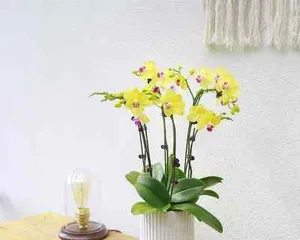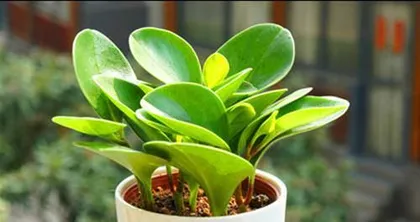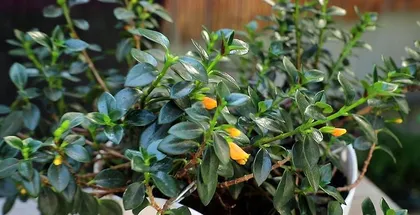In the humid southern environment, choosing indoor plants not only beautifies the home environment but also helps purify the air. However, different types of plants have varying growth requirements and care techniques. To help plant-loving readers better understand the care techniques for southern indoor plants, this article has been written.

I. Cactus
Cacti are drought-resistant plants, very suitable for the dry indoor environments of the south. However, attention must be paid to maintaining ventilation and light, and avoid overwatering.
II. Aloe Vera
Aloe Vera absorbs 10 times more oxygen than other plants and can effectively purify the air. However, it should be avoided soaking in water; try to place it in a ventilated and dry location.

III. Monstera Deliciosa
Monstera Deliciosa is very shade-tolerant and suitable for placing in corners with insufficient indoor light. However, it needs to maintain humidity, and you can often spray it with water or place it in moist sand.
IV. Devil's Ivy
Devil's Ivy is a very common indoor plant in the south and prefers environments with weak light. It is necessary to maintain ventilation and sufficient moisture, and avoid long-term soaking in water.
V. Clematis
Clematis is shade-tolerant and cold-resistant, suitable for placing in indoor areas with weak light. However, it needs to maintain ventilation and sufficient water, and avoid overwatering.

VI. Evergreen
Evergreen plants can not only beautify the indoor environment but also purify the air. However, it is necessary to avoid overwatering and excessive sun exposure, and maintain ventilation and humidity.
VII. Ivy
Ivy is suitable for placing in indoor areas with weak light. However, attention needs to be paid to ventilation and humidity, and avoid overwatering and excessive sun exposure.
VIII. Spider Plant
Spider Plant is a very suitable indoor plant for the southern environment and likes a humid environment. However, it should be avoided overwatering and excessive sun exposure, and try to place it in a ventilated and dry location.
IX. Syngonium
Syngonium, also known as Arrowhead Plant, is suitable for placing in indoor areas with weak light. However, it needs to maintain ventilation and sufficient water, and avoid overwatering.
X. Chinese Yam
Chinese Yam is not only a nutritious food but also a plant suitable for the southern indoor environment. However, attention needs to be paid to avoid overwatering and excessive sun exposure, and maintain ventilation and humidity.
XI. Golden Hook Flower
Golden Hook Flower likes a humid environment, but it should be avoided overwatering and excessive sun exposure, and try to place it in a ventilated and dry location.
XII. Asparagus Fern
Asparagus Fern is suitable for placing in indoor areas with weak light. However, attention needs to be paid to ventilation and humidity, and avoid overwatering and excessive sun exposure.
XIII. Violet
Violet is a very suitable indoor plant for the southern environment and likes a ventilated and dry environment. However, it is necessary to maintain sufficient water, and avoid overwatering and excessive sun exposure.
XIV. Snake Plant
Snake Plant likes a humid environment, but it should be avoided overwatering and excessive sun exposure, and try to place it in a ventilated and dry location.
XV. Dripping Guanyin
Dripping Guanyin is suitable for placing in indoor areas with weak light. However, attention needs to be paid to ventilation and humidity, and avoid overwatering and excessive sun exposure.
Caring for southern indoor plants requires corresponding care according to the growth needs of different species. Maintaining ventilation, light, humidity, and appropriate watering are the basic techniques for care. It is hoped that this article can provide a useful reference for readers who love plants.